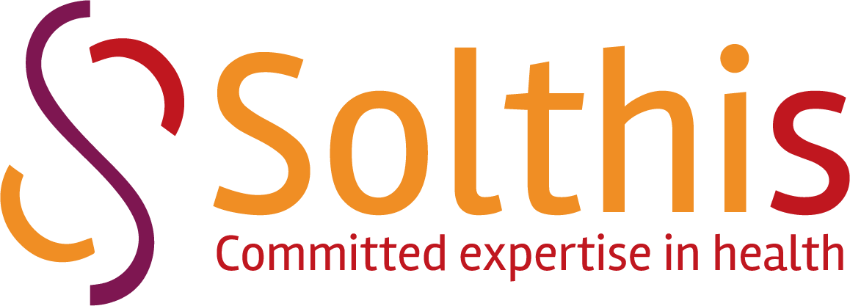Benin
TRANSITIONS II
06/2025 - In progress
Burkina Faso
Burundi
OPP-ERA
02/2013 - 07/2019
Cameroon
OPP-ERA
02/2013 - 07/2019
Côte d'Ivoire
C’est la vie ! Phase II
02/2023 - In progress
Multiannual Partnership Agreement (MPA)
07/2023 - In progress
TPE ADVIH
11/2023 - In progress
IMPAACT 4HIV
01/2024 - In progress
POUVOIR +
08/2025 - In progress
POUVOIR
04/2022 - 07/2025
PROSSAN 2
05/2022 - 05/2025
AGIR
03/2022 - 03/2025
RUCHE
02/2020 - 02/2023
ATLAS
06/2018 - 06/2022
PROSSAN
05/2019 - 05/2022
OPP-ERA
02/2013 - 07/2019
Egypt
Guinea
Multiannual Partnership Agreement (MPA)
07/2023 - In progress
IMPULSE
07/2023 - In progress
SUCCESS II
03/2024 - In progress
TRIO
04/2024 - In progress
IPOP
02/2021 - 02/2024
PAJES
06/2021 - 01/2024
RUCHE
02/2020 - 02/2023
ISANCO
11/2020 - 02/2022
AIR-POP
01/2020 - 01/2021
PACTES
01/2017 - 01/2020
OPP-ERA
02/2013 - 07/2019
DIAVINA
01/2016 - 01/2019
Strengthening and decentralising the national response to the AIDS epidemic in the Republic of Guinea
07/2016 - 12/2017
TWIN 2H
08/2016 - 07/2017
CASSIS
02/2013 - 05/2016
Continuity of care in Ebola context, prevention and control of infection in hospital environments in Guinea
01/2015 - 12/2015
PIONG
05/2014 - 05/2015
Lebanon
Mali
NFM3
07/2021 - 08/2023
COVACOM
03/2022 - 11/2022
ATLAS
06/2018 - 06/2022
ECOVAM/ECOVAN
07/2021 - 02/2022
JADES
01/2016 - 03/2019
Mauritania
Morocco
Niger
C’est la vie ! Phase II
02/2023 - In progress
LAHIYATA
02/2023 - In progress
Multiannual Partnership Agreement (MPA)
07/2023 - In progress
AZANTCHI
10/2023 - In progress
AIRE
04/2019 - 07/2023
LABO 2S
02/2020 - 02/2023
JADES 2
04/2019 - 04/2022
ECOVAM/ECOVAN
07/2021 - 02/2022
ISANCO
11/2020 - 02/2022
CORAQ-LAB
01/2018 - 02/2021
JADES
01/2016 - 03/2019
Improving health and living conditions of prisoners in Niger
01/2016 - 12/2018
CASSIS
02/2013 - 05/2016
Senegal
SANSAS
02/2021 - In progress
C’est la vie ! Phase II
02/2023 - In progress
Multiannual Partnership Agreement (MPA)
07/2023 - In progress
SENEYA
01/2025 - In progress
THIELLAL
06/2021 - 06/2024
ATLAS
06/2018 - 06/2022
Sierra Leone
Multiannual Partnership Agreement (MPA)
07/2023 - In progress
SHARE
07/2023 - In progress
IMPAACT 4HIV
01/2024 - In progress
SHAPE
01/2025 - In progress
FREE TB
03/2025 - In progress
PROSSAN 2
05/2022 - 05/2025
NFM3
06/2022 - 06/2024
PROSSAN
05/2019 - 05/2022
EMPOWER 2
03/2019 - 02/2022
TB-SPEED
10/2017 - 10/2019
Empowerment in Sierra Leone
01/2016 - 12/2018
Continuity of care in Ebola context in Sierra Leone
01/2015 - 06/2015




